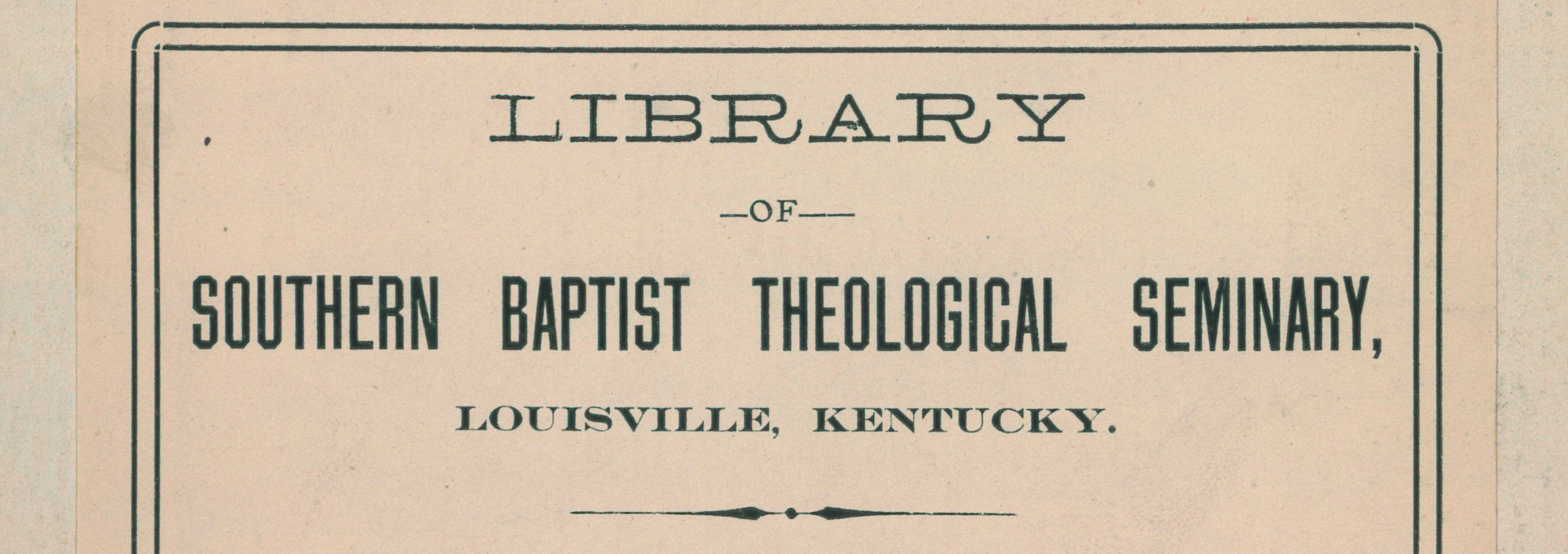
With Cincinnati, an international center of nineteenth-century sacred music publishing, located just across the Ohio River, Kentuckians benefitted from their proximity to and entanglement with southern Ohio. Sharing a steady interstate traffic in musicians, technicians, and publications, Kentucky sacred music publishers often distributed their work through Cincinnati outfits. Regional idiosyncrasies like the mid-nineteenth-century experiments in numeral notation won the favor of prominent Louisville musicians like S. W. Leonard (1814–70) and John P. Morton (1807–89), even though the city served more as an annex to established Ohio firms than as a regional center in its own right. Beyond the Ohio River basin, poor infrastructure and challenging terrain divided much of the state into regions characterized by both geography and denominational affiliation. Beyond the city’s urban centers, church musicians created books tailored to the needs of individual congregations and other local communities. These Kentucky sacred music publications map the patchwork of denominational affiliations spread scattershot across the state: Anabaptists in the northern Knobs, Regular Baptists in the eastern mountains, Roman Catholics in Nelson County, Restorationists in the Bluegrass, Methodists along the Palisades, Primitive Baptists in the Jackson Purchase, and early communities of Pentecostals clustered in the floodplain of the Ohio.
—Erin Fulton
Apostolic Hymns
- Author: Prof. Blackburn; J. V. Kirland; R. S. Kirlkand; A. M. Kirkland
- Published: ca. 1896–1898
- Publisher: Gospel Advocate Publishing Company?
- Publication City: Nashville, Tennessee; compiled in Pilot Oak, Kentucky, Fulton, Kentucky, and Como, Tennessee
- Added: April 26, 2020, 7:22 p.m.
Song Evangel
- Author: William H. Doane
- Published: 1883
- Publisher: W. P. Harvey
- Publication City: Louisville, Kentucky
- Added: April 28, 2020, 4:59 p.m.